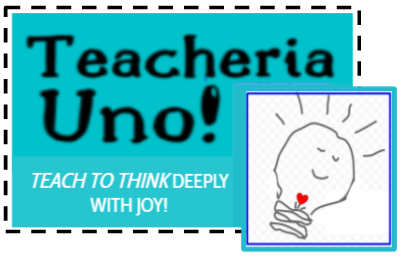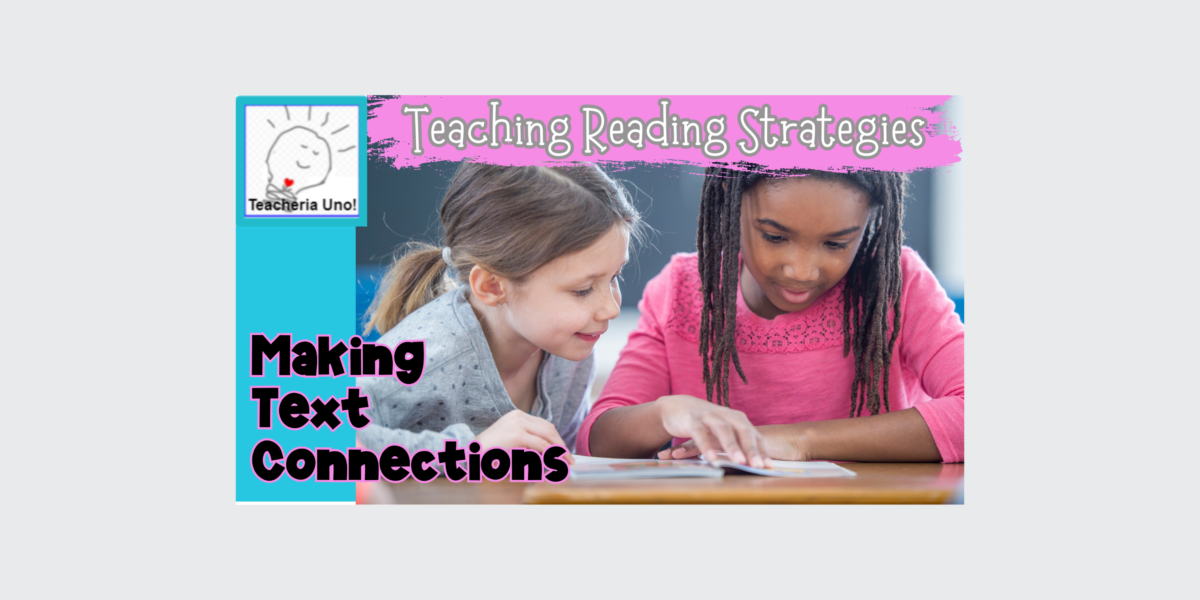
Strong readers use strategies to deepen their reading comprehension. We know – we use them all the time in our own personal and professional reading.
But teaching elementary students how to develop their own reading comprehension strategies can be tricky. I mean, how do we orchestrate the transition from learning-to-read to reading-to-learn when each of our students is at a different place in that process?
It can be daunting.
What’s worse, without strong reading strategies, even the most fluent reader may come to the end of a text and not have a clue of what they just read.

I know you know.
These students will struggle to “read to learn” all the new content and skills we’re going to be teaching across the entire curriculum – science, social studies, math…
Some days teaching can feel overwhelming…
Tools for Your Toolbox
The thing is, teaching reading comprehension strategies is a little easier when we make sure we do a couple of things:
#1 Understand the Strategies
Build a deep understanding of the important reading strategies that research shows boosts comprehension. These include:
- visualizing
- making text connections (T-to-self, T-to-text, T-to-world)
- asking and answering questions
- summarizing
#2 Use Teaching Tools
Provide your students with Teaching Tools that support every student in developing their strategies. Here are my favorites:
- engaging mentor texts
- anchor charts that unpack the strategy and provide ongoing reference to students
- graphic organizers to stimulate students’ thinking
- sentence stems to organize students’ writing
- You can get started by grabbing my FREEBIE Making Connections Teaching Pack on TPT. This resource includes 3 anchor charts, a graphic organizer, and sentence stems for reading response writing. It’s a great start to supporting your students at every level with any text.

#3 Spiral Your Lesson Planning
Spiraling is the way to go when teaching reading strategies.
Make an explicit plan to revisit, review, and, yes, sometimes, reteach reading comprehension strategies throughout the year. The more practice, the better. Mentor text make it fun!
Use mentor texts for every subject — Math, Science, Social Studies, SEL, Writing, Reading. Pick a text to read every day, and plan to re-read a text later in the year if it models concepts, vocabulary or skills for that unit. Watch the magic happen!
- Check your curriculum maps for the year and find favorite mentor texts to read aloud (or re-read aloud) during these lessons.
- Find texts that you love! The more you love a text, the deeper the learning will be for your students!
- Think… How can I re-use text I have read already or am planning to read later in the year?…
- Maybe read Tornado by Betsy Byars during your Weather & Climate unit.
- Maybe read The Doorbell Rang by Pat Hutchins for your Multiplication and Division units.
- Maybe read Read Mapping Penny’s World by Loreen Leedy during your unit on Maps.
The best learning comes with lots of practice and opportunities to refine these skills.
Teaching Tool: Mity Mentor Texts
3 Ways to Make Connections with the Same Texts!
Mentor Texts are our besties in the classroom!
They provide an engaging platform for all learners to explore new concepts and develop rigorous vocabulary. Plus, interactive read alouds give us the chance to model reading comprehension strategies while we all enjoy the literature together.
Here are a few of my favorite mentor texts for making text connections. They are perfect for third and fourth graders during the Back-to-School season and throughout the Fall. It’s fun for everyone when we intentionally re-use our mentor texts for many different lessons and discoveries!
6 Texts Perfect for Back-to School & Fall
Please note: I am not an affiliate marketer, but have provided links to ordering the texts on Amazon for your convenience.
In my teaching I prefer to buy used copies in good condition at a fraction of the price, and have had great success on abe.com and thriftbooks.com. Just be mindful of the shipping (or no shipping!) costs. I also am a great fan of and advocate for using the Public Library, and want to give a shout out to the Haverhill Public Library staff, my public library, who do an exceptional job purchasing mentor texts and other teaching materials we teachers need to fully teach concepts, content, vocabulary and skills at every grade level! Thank you public libraries everywhere!
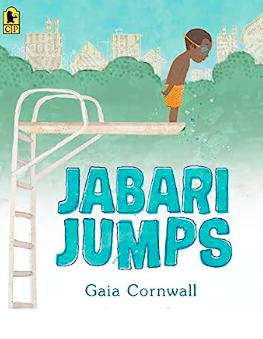
Jabari Jumps by Gaia Cornwall
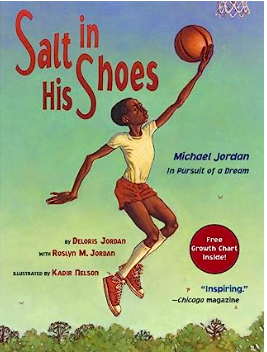
Salt in His Shoes by Deloris Jordan
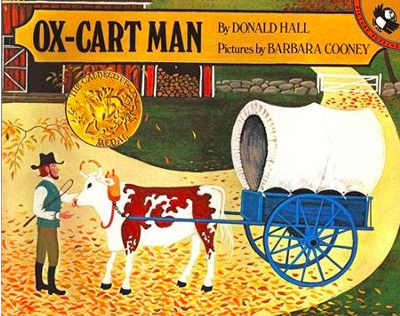
Ox-Cart Man by Donald Hall
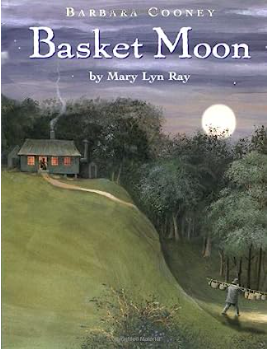
Basket Moon by Mary Lyn Ray & Barbara Cooney
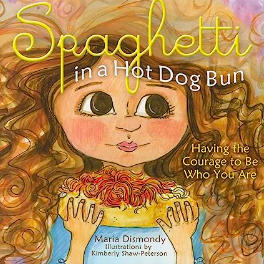
Spaghetti on a Hot Dog Bun by Maria Dismondy
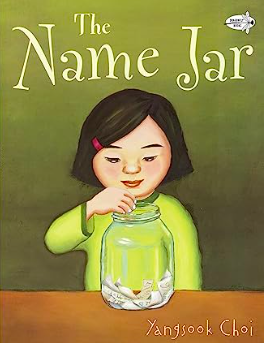
The Name Jar by Yangsook Choi
Here’s How I Use Them!
1 – Text-to-Self Connection
Nothing is more engaging for third and fourth graders than to talk about themselves. Support your students to develop their metacognition – thinking about their thinking – with this the Text-to-Self reading strategy. When reading each text, take time to pose questions that get kids thinking about story elements – the characters, setting, problem, solution — that relate to their own selves and experiences, like:
- What does ____ remind you of?
- Has ____ ever happened to you?
- How is ____ similar/different in your own life?
Then, make the connection more meaningful by teaching them to dive deeper.

We love a deep dive!
Model your own thinking during an interactive read aloud or when you are exploring an anchor chart as a class or in a small group.
- Cite the text evidence that leads your thinking or that supports your claim.
- Guide students to plunge further into their own connections.
A student may start with…
“The main character has a dog, and I have a dog.“
While this is an authentic connection, the deeper and more complex our observations are, the better our comprehension. So let’s help students get there… We can ask students (and, maybe, model for them):
- How does the character feel about their dog?
- When have you felt that way about your dog?
Dive deeper with class discussions by posing a question about one of the story elements in the mentor text. Guide students to use evidence from the text to support their thinking.
- Was the Ox-Cart man brave or foolish? Why?…
- Could Basket Moon take place in a different setting, anywhere else or at any other time? Why?…
- How is the setting in Jabari Jumps like a place that you know?…
- Would you rather go to Lucy’s school or Unhei’s school? Why?…
Like I said, strive for the deeper dive! 🙂
2 –Text-to-Text Connection
Re-use These Texts to Boost Comprehension!
You can easily partner these texts to help students make connections between the story elements – the characters, settings, problems, or solutions. This not only supports a student’s metacognition, but the Text-to-Text strategy supports their concept and vocabulary development, too.
Jabari Jumps –> Salt in His Shoes
Ox Cart Man –> Basket Moon
Spaghetti on a Hot Dog Bun -> The Name Jar
- Compare vocabulary the authors use in the two texts.
- Compare how the two authors use word choice and images to create the mood.
- Compare how the illustrations in the two texts help us understand the story elements — characters, settings, problems, or solutions..
3 – Text-to-World Connections
And… Use These Text Again!
You deepen your comprehension when you can relate information in a text to an event or issue you experience in the world. We can strengthen our students’ reading-to-learn with this Text-to-World strategy. The impact is even greater when we model with texts we have already read and explored.
For elementary students, a place to start with the Text-to-World strategy is to pose questions about the story elements — characters, settings, problems, or solutions — in the texts, like:
Jabari Jumps
- When might an innovator in our world today be afraid like Jabari? (SpaceX, OceanGate, SeaChange PEM machine)
- Why is it important to face and overcome your fears?
Salt in His Shoes
- What do we know about Michael Jordan from books, TV or social media?
- How does the text show you how he got to be that exceptional basketball player?
Ox Cart Man
- How does he get goods for his family?
- How is that different than we get goods today?
- What is similar about the two?
Basket Moon
- How does the prejudice the boy and his father face in Hudson remind you of prejudice in our world today?
Spaghetti in a Hot Dog Bun
- How does eating spaghetti in a hot dog bun remind you of cultural food traditions we see today that may be different from your own?
The Name Jar
- Where is Korea on the world map?
- What are some examples in the text of Korean culture?
The deeper the better!
Our teaching is more effective when we choose tools that can be easily differentiated to meet the needs of all learners. To get started, just grab my Making Text Connections teaching pack along with a favorite mentor text and let the joy begin! Don’t forget to follow my TPT store to get notified of my new products!

You may also enjoy my other Reading Strategies resources which are available separately or bundled for savings
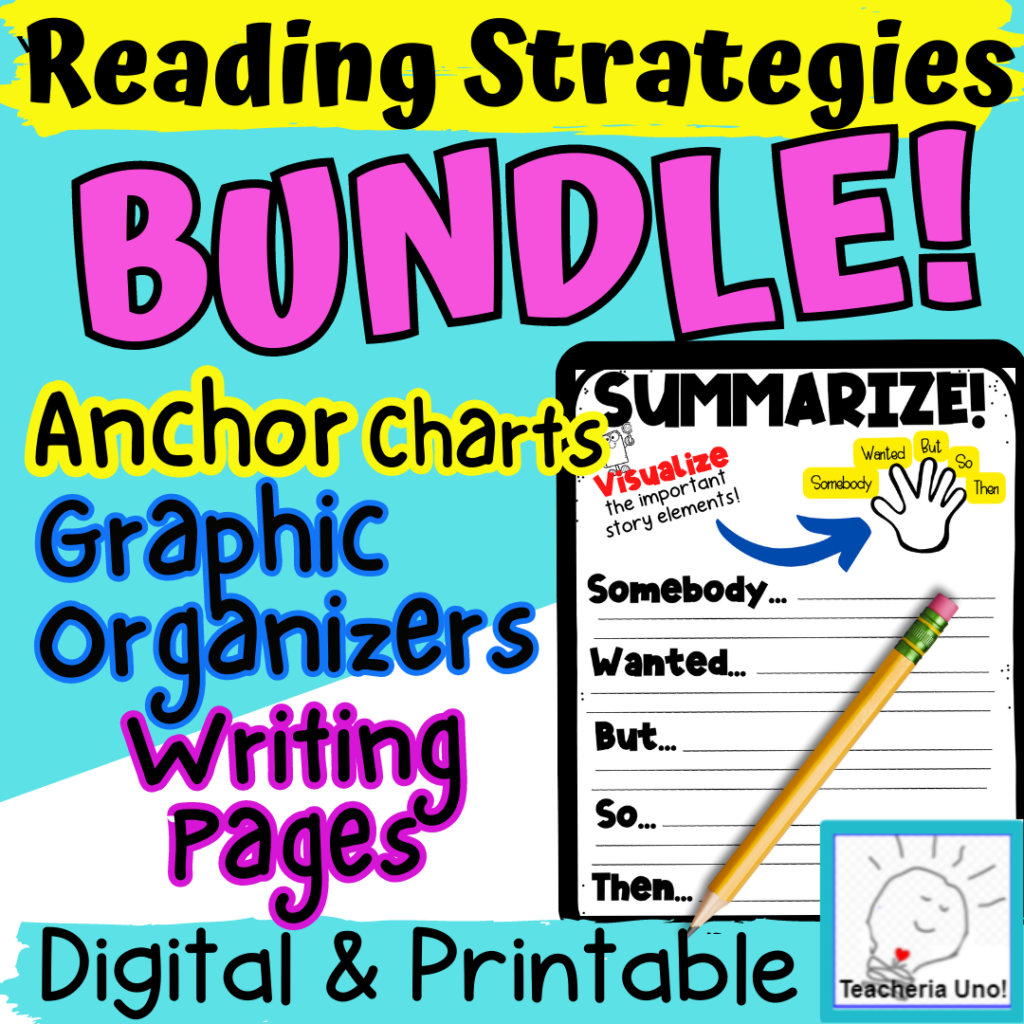
Teach with joy!
🙂 Susan
